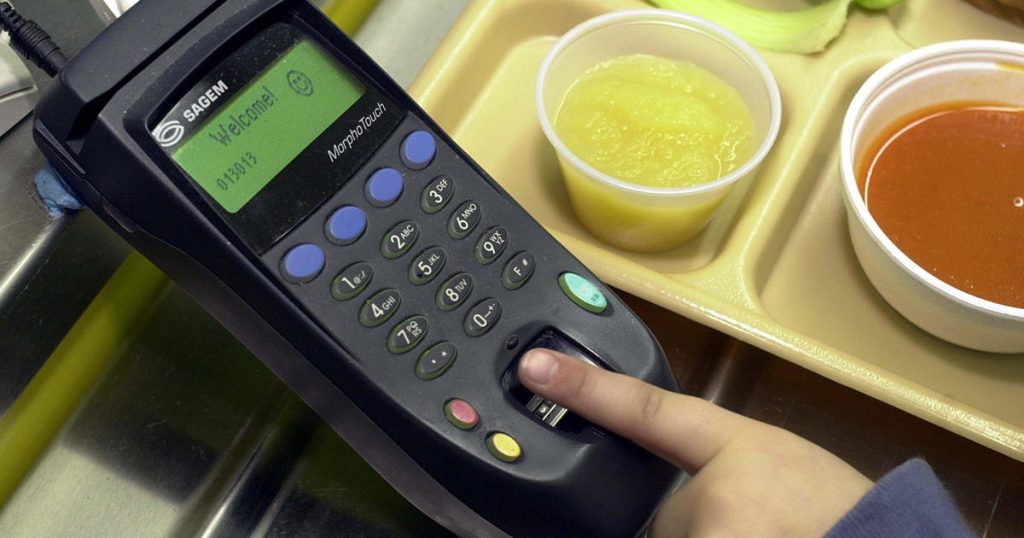The U.S. Department of Agriculture has announced a new policy that will eliminate processing fees for students who are eligible for free or reduced-price school meals, starting in the 2027-2028 school year. Currently, processing companies charge fees for each transaction made through cashless payment systems, which can disproportionately impact families with lower incomes. Families may end up paying as much as $3.25 or 4% to 5% per transaction, resulting in high costs for those who cannot afford to load large sums of money at once. This new policy aims to lower costs for families with incomes under 185% of the federal poverty guidelines, benefiting those who struggle to afford these fees.
Agriculture Secretary Tom Vilsack expressed the USDA’s commitment to nourishing schoolchildren and providing them with healthy meals to support their growth and learning. While the new policy is seen as a positive step towards reducing financial burdens for lower-income households, Vilsack emphasizes the importance of ensuring all children have access to nutritious meals at no cost. The goal is to work towards making school meals universally free for all students, regardless of their economic circumstances. The decision to eliminate processing fees comes in response to a Consumer Financial Protection Bureau report that highlighted the impact of these fees on low-income families, costing them millions of dollars each year.
Despite the USDA’s efforts to inform families of their options since 2017, many parents find it burdensome to have to pay cash or checks to avoid processing fees. Joanna Roa, a working mother with two school-aged children, shared her experience of being surprised by the high fees associated with online payments for school lunches. Roa and her husband decided to pack lunches for their son instead, as the transaction fees were too costly for them. The burden of packing lunches every day became time-consuming and challenging for two working parents. However, her school district eventually provided free school lunches, alleviating some of the financial strain.
The CFPB’s report revealed that 87% of the largest public school districts in the U.S. contract with payment processors, with fees averaging $2.37 or 4.4% of the total transaction amount. The dominance of a few companies in the market limits school districts’ ability to negotiate fees and rates, potentially leading to harmful practices that violate consumer protection laws. The lack of competition among payment companies makes it difficult for families to avoid these fees or choose more affordable options. The USDA’s new policy aims to address these issues and reduce financial barriers for families who rely on free or reduced-price school meals.
In conclusion, the USDA’s decision to eliminate processing fees for students eligible for free or reduced-price school meals is a significant step towards ensuring equitable access to nutritious meals for all children. By lowering costs for families with lower incomes and addressing the financial burden of processing fees, the USDA aims to support children’s well-being and academic success. The collaboration between schools and the USDA reflects a shared commitment to prioritizing children’s nutrition and removing financial barriers that hinder access to healthy meals. As efforts continue to make school meals universally free, the focus remains on providing all students with the nutrition they need to thrive and reach their full potential.


